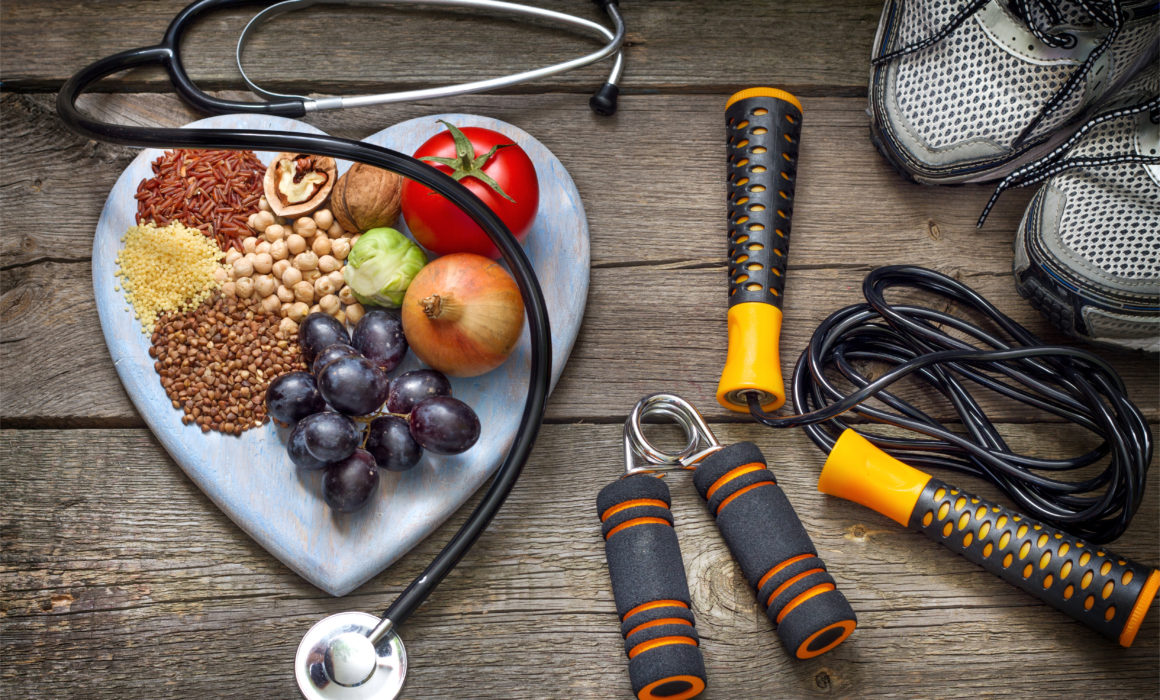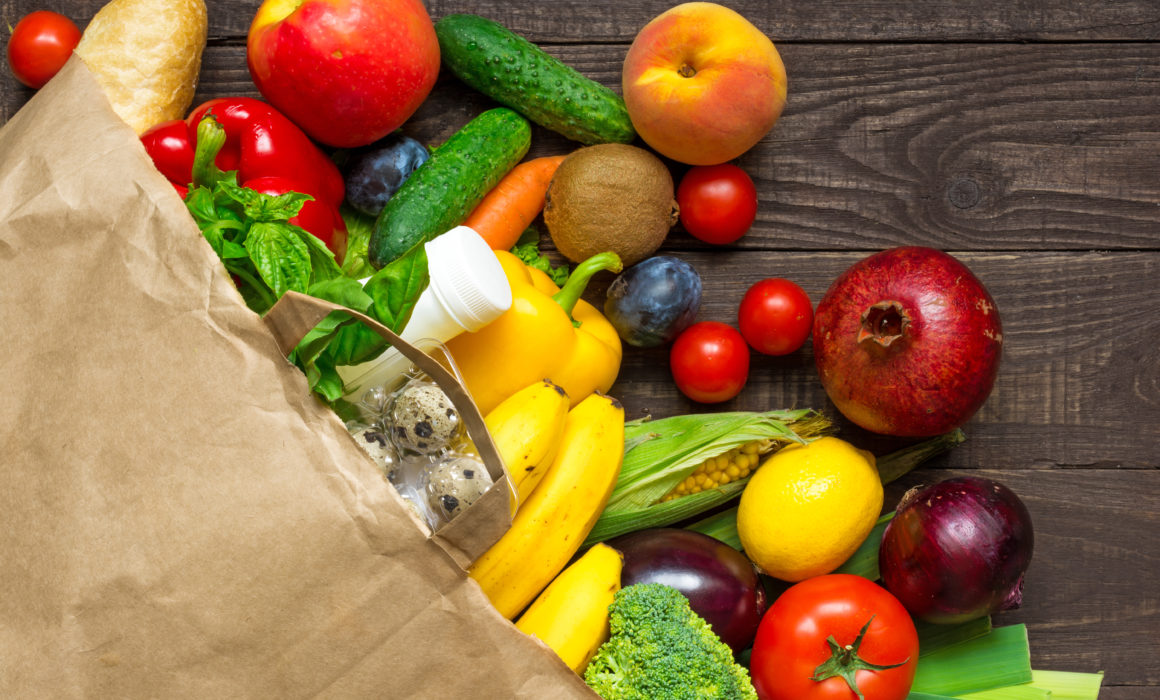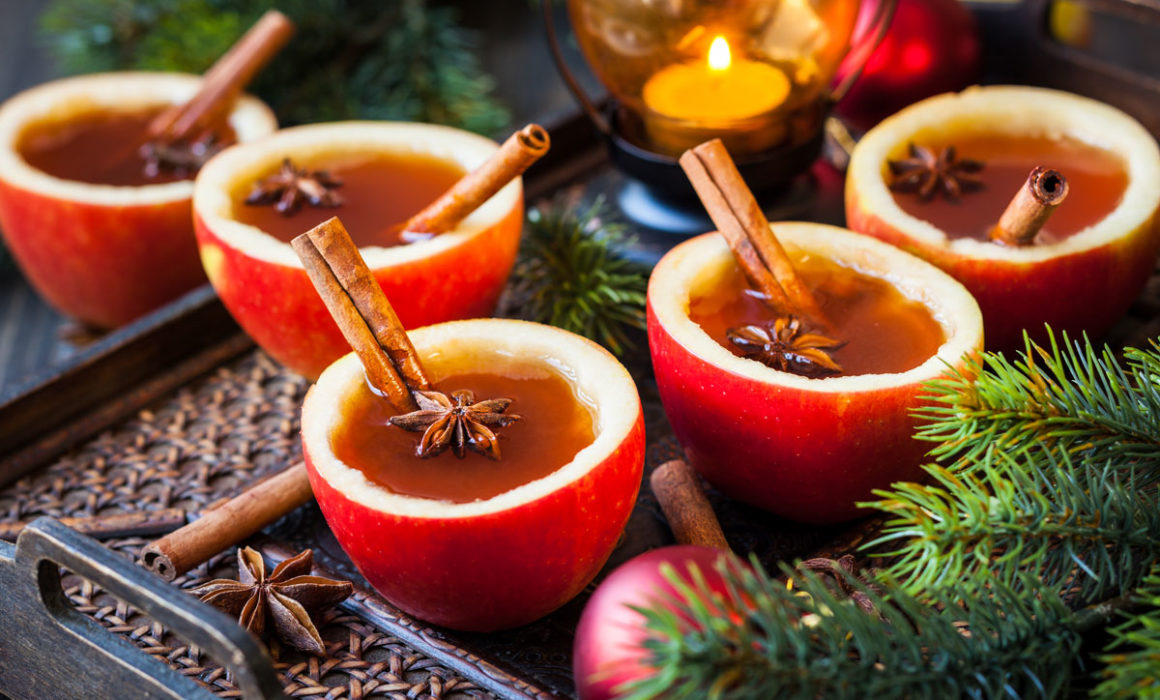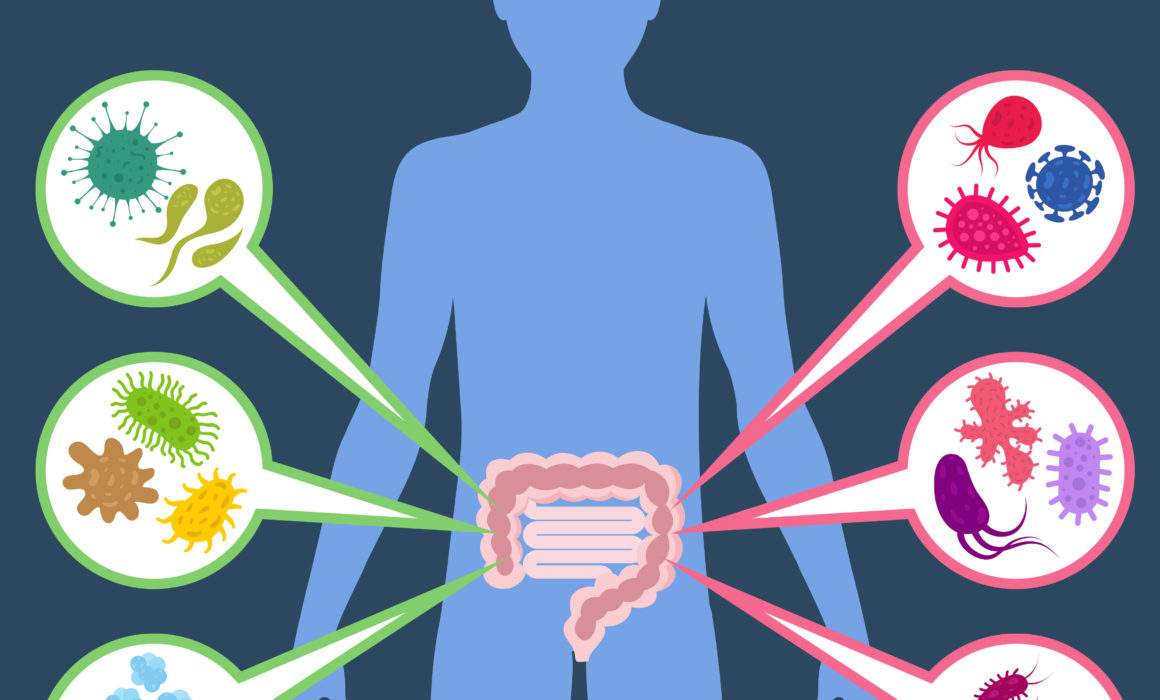4 Reasons Why Estrogen Dominance is Growing and How to Prevent It
4 Reasons Why Estrogen Dominance is Growing and How to Prevent It
Over the last 10 years of being a Dietitian, I have seen a growing population in estrogen dominance. Per Charles Poliquin’s “Biosignature hormonal assessment”, those that carry more fat in the triceps and thighs correlates with high estrogen. Other symptoms of high estrogen in the body are:
- Cellulite or spider veins
- Heavy periods- PMS, cramps, vaginal dryness
- Hot flashes/night sweats
- Fat gain around hips and thighs
- Ovarian cysts, fibroids, PCOS, endometriosis
- Infertility, miscarriage
- Depression
- Thyroid imbalance, blood clots, high blood pressure
- Men- breasts, prostate problems, hair loss, low libido
Estrogen is considered a female hormone but both genders have it. It is produced in the ovaries, liver and fat cells. It is helpful for the body by increasing HDL and decreasing LDL. Estrogen aids in blood sugar balance, improves memory and sleep and prevents skin wrinkling.
As with anything, too much estrogen can have a negative impact on the body. Too much estrogen in the body is linked to certain types of cancers. Estrogens are difficult to detoxify and are stored in fat cells. This can block the thyroid hormone conversion leading to thyroid imbalances. High estrogen levels can also block serotonin uptake leading to depression and can also increase triglycerides levels and blood pressure/blood clots.
What causes estrogen dominance?
1- Environmental (xeno-estrogens)
Harmful chemicals that mimic estrogen and block binding sites so natural estrogen cannot get in. Farmers have known this estrogen-weight gain connection for years. They use a little synthetic estrogen to fatten their cattle. i.e.- plastic, pesticides, hormones in animals, cosmetics, cleaning supplies, etc.
2- Stress- progesterone is needed to make cortisol. Increased cortisol= decreased progesterone and then relative imbalance of estrogen.
3– Impaired liver or digestion function. The liver breaks down estrogen therefore too much alcohol, drugs, meds, caffeine or poor nutrition disrupts healthy liver function.
4- Use of synthetic estrogens such as birth control pills, hormone replacement therapy, or hormones in meats.
What should we do about it?
1- Blood lab testing of estrogen, cortisol, DHEA, progesterone to see each levels and correlation. Bring it to your doctor or trained health care professional to establish a baseline.
2- Balance insulin levels.
The University of Toronto revealed a 283% increase in risk of breast cancer when insulin/blood sugar levels were high! Work with your dietitian to develop a plan that balances your blood sugars.
3- Cruciferous veggies help detox bad estrogen. Try to consume Broccoli, Brussels sprouts, kale, turnips, cabbage, cauliflower, collard greens, bok choy, radishes, rutabaga and watercress daily. Raw, lightly steamed or sautéed in healthy fats are great easy ways to consume these veggies. Consume organic foods as much as possible to reduce pesticides.

4- Lift Heavy Weights. 2-3x week

Women who lift heavy weights 2-3x/week usually have the best body composition which can balance insulin and therefore estrogen levels.








